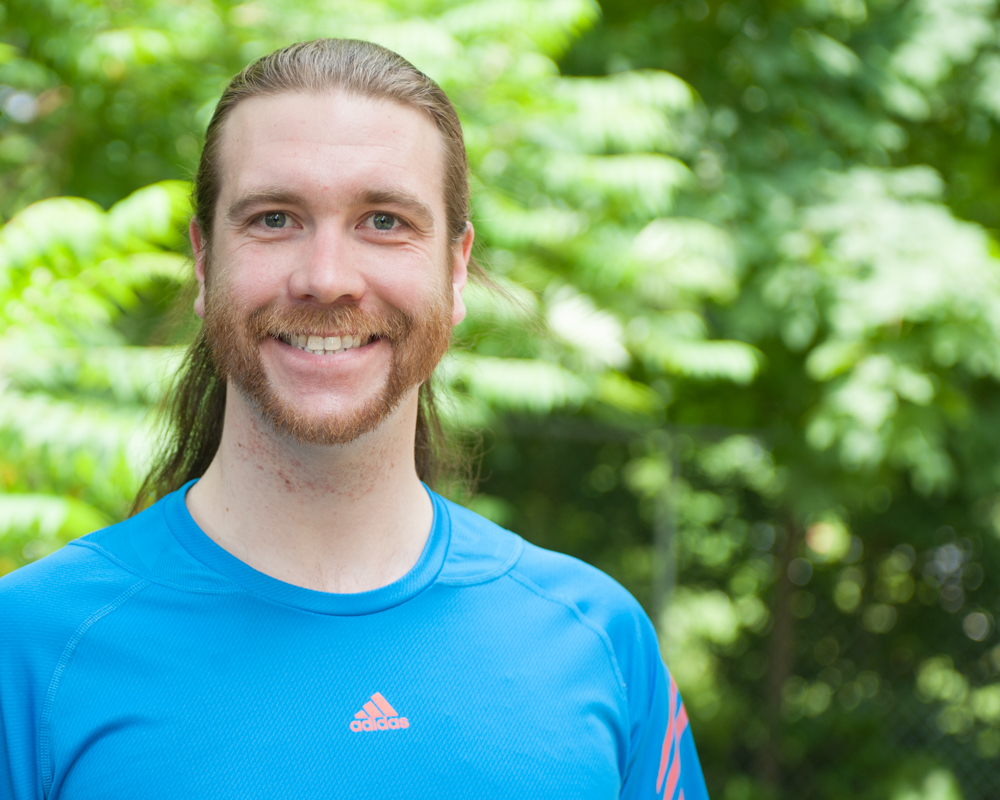Life with a prosthetic may be more challenging, but it is not impossible thanks to physical therapy.
There is an estimated two million people in the United State that are currently living with a lower limb amputation and roughly 185,000 amputations occurring per year. Reasons for amputations include sudden trauma or complications from vascular diseases such as diabetes. The loss of a limb is a life changing surgery. When patients undergo amputations, they experience a range of unique, complex challenges. Not only do they need to regain strength, flexibility, and balance, but they must regain confidence. This can be a long, grueling process that takes a lot of time, patience and hard work.
After surgery, it will take 2-6 months before the surgical area is healed enough to become fitted for a prosthesis. In that time, a physical therapist can begin working with you to help regain strength and mobility and to start educating you on what to expect in therapy. Your physical therapist will provide hands on treatment to address any stiffness or pain you may be experiencing. They will also educate you about self-care techniques to help with any phantom limb pain or hypersensitivity issues that may arise with you amputation.
Once your residual limb is ready to be fitted, you’ll meet with a prosthetist and they will get a mold of your limb and model the socket according your needs. It’s typical to have a second mold taken once you’ve been wearing your new leg for some time as your residual limb will change shape and adapt to your prosthetic. We will work closely with your prosthetist to make sure your limb feels as natural as possible. Once you have your new limb, you’ll be faced with the challenge of learning to trust your new prosthetic limb. Our goal in physical therapy is to help patients move and walk naturally, without pain and with a healthy range of motion.
Did you know that it takes 9-40% more energy to use a below knee prosthetic and 45-70% more energy to use an above knee prosthetic?
Physical therapy can be extremely beneficial to reaching your functional movement goals. Together with your physical therapist, an individualized treatment plan will be created that consists of exercises and education specific to your individual needs. Some common areas of focus may include; Building up strength, improving motion through stretching, balance training to prevent falls & improve confidence and self-care techniques to help decrease pain associated with surgery and phantom limb pain and endurance training for the cardiovascular system.
The road to recovery from amputation is long.
If you know that you are headed for an amputation, contact your physician and a physical therapist and see what you can do to get yourself ready for surgery. The stronger you can get before surgery; the better off you’ll be coming out of surgery.
If you have any questions, give Back in Motion a call to set up a FREE 30 minute consultation and ask your physical therapist what can be done to help you get ready for your new normal.

Physical Therapist Assistant
Portland, Maine
